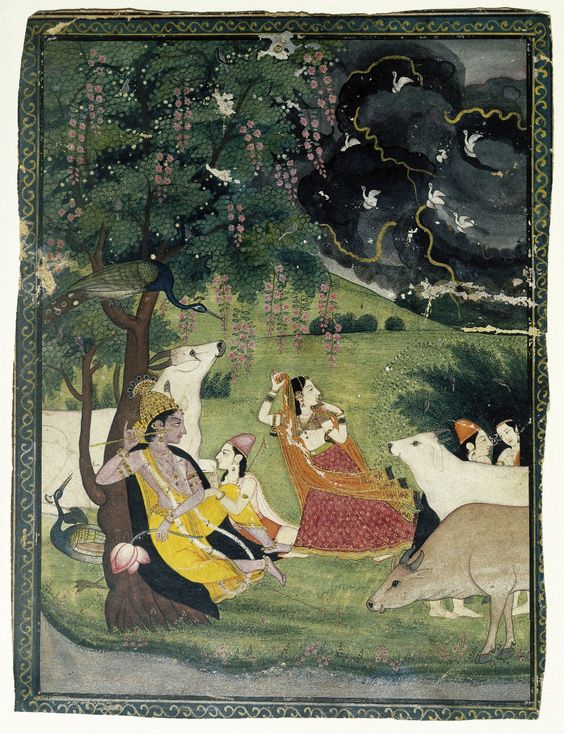The Names of the Asanas
From Light On Yoga by B.K.S. Iyengar:
“The names of the asanas are significant and illustrate the principle of evolution. Some are named after vegetation like the tree (vrksa) and the lotus (padma); some after insects like the locust (salabha) and the scorpion (vrschika); some after aquatic animals and amphibians like the fish (matsya), the tortoise (kurma), the frog (bheka or manduka) or the crocodile (nakra). There are asanas called after birds like the cock (kukkuta), the heron (baka), the peacock (mayura) and the swan (hamsa). They are also named after quadrupeds like the dog (svana), the horse (vatayana), the camel (ustra) and the lion (simha). Creatures that crawl like the serpent (bhujanga) are not forgotten, nor is the human embryonic state (garbha-pinda) overlooked. Asanas are named after legendary heroes like Virabhadra and Hanuman, son of the Wind. Sages like Bharadvaja, Kapila, Vasistha and Visvamitra are remembered by having asanas named after them. Some asanas are also called after gods of the Hindu pantheon and some recall the Avataras, or incarnations of Divine Power. Whilst performing asanas the yogi’s body assumes many forms resembling a variety of creatures. His mind is trained not to despise any creature, for he knows that throughout the whole gamut of creation, from the lowliest insect to the most perfect sage, there breathes the same Universal Spirit, which assumes innumerable forms. He knows that the highest form is that of the Formless. He finds unity in universality.”
Image Source: Pinterest





This Post Has 0 Comments